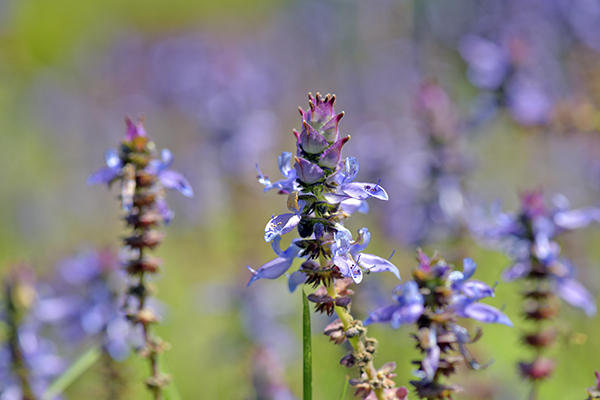Meteorite in Michigan may hold clues to origin of life on Earth
10/29/2020 / By Virgilio Marin

According to a new study a meteorite that fell in Michigan in 2018 may contain clues to the origin of life on Earth. Published in the journal Meteoritics & Planetary Science, the study said that the meteorite contained a good amount of organic matter.
Researchers from the U.S., Canada, Germany and China were able to pick up and examine the rock before it got “contaminated” by microbes and other substances on the earth. This gave them the unique opportunity to study the rock in its pristine form. The researchers found that the rock was teeming with organic compounds thought to be key ingredients to life on Earth.
Rare meteorite rich in organic compounds
In January 2018, a fiery meteor lit up the skies over the Midwest and Ontario. Many witnesses documented the event online, allowing experts to locate fragments of the rock before their chemical makeup got radically altered. It also helped that the six-foot meteor was large enough to be tracked by weather radar, according to lead author Philipp Heck of the University of Chicago (UChicago).
Within two days, meteorite hunter Robert Ward nabbed a piece of the rock on the frozen surface of Strawberry Lake near Hamburg, Michigan. He entrusted it to the Field Museum of Natural History in Chicago, where Heck is an associate curator. Heck and co-author Jennika Greer, a graduate student at UChicago who’s also with the Field Museum, quickly went to work studying the rock.
The researchers determined that the meteorite was an H4 chondrite, a rare type of rock that comprises only four percent of all meteorites falling to Earth. Using data from other analyses, they found that the meteorite was rich in organic compounds – key components of amino acids, fats, DNA and other forms of biological matter.
A leading theory suggests that these compounds were brought to a young Earth in prehistoric times by meteorites. (Related: Organic matter found in ancient meteorites may hold clues to understanding the birth of life on Earth.)
“This meteorite shows a high diversity of organics, in that if somebody was interested in studying organics, this is not normally the type of meteorite that they would ask to look at,” said Greer.
What makes this meteorite interesting is fact that the meteorite was obtained shortly after impact. This means that the organic compounds found in the rock it were likely present even before it hit the Earth.
“This meteorite is special because it fell onto a frozen lake and was recovered quickly. It was very pristine,” said Heck.
Costa Rica meteorite rich in amino acids
Scientists are also studying the fragments of a meteor that fell on the villages of La Palmera and Aguas Zarcas in Costa Rica last year. This rock is of great interest because it belongs to a rare class of meteorites called carbonaceous chondrites. These rocks are made of the dust from the spinning nebula that formed the solar system. And as their name suggests, they are packed with organic, carbon-rich compounds.
The fragments of the space rock, which are collectively called Aguas Zarcas, resembled pieces of the carbonaceous chondrite that exploded in 1969 over Murchison in Australia. Studies on the Murchison meteorite showed that it contained nearly 100 different amino acids in it. Many of these are found in organisms on Earth while others are rare or nonexistent on the planet.
Aguas Zarcas hold similar promise; while research is ongoing, scientists have already detected evidence of amino acids in Aguas Zarcas that are not found elsewhere on Earth. In addition, these new pieces are 50 years fresher than Murchison, which means scientists could study organic compounds long evaporated from Murchison.
“If I had to start a new museum collection for meteorites, and I could only select two,” said Heck, who’s also studying a few Aguas Zarcas rocks, “I would choose Murchison and Aguas Zarcas.”
Space.news has more studies on meteorites.
Sources include:
Tagged Under: Aguas Zarcas, ancient earth, chondrites, cool science, cosmic, Earth life, meteorite impact, meteorites, Murchison meteorite, organic compounds space, origin of life, research, Space
RECENT NEWS & ARTICLES
COPYRIGHT © 2017 DISCOVERIES NEWS



















